Share
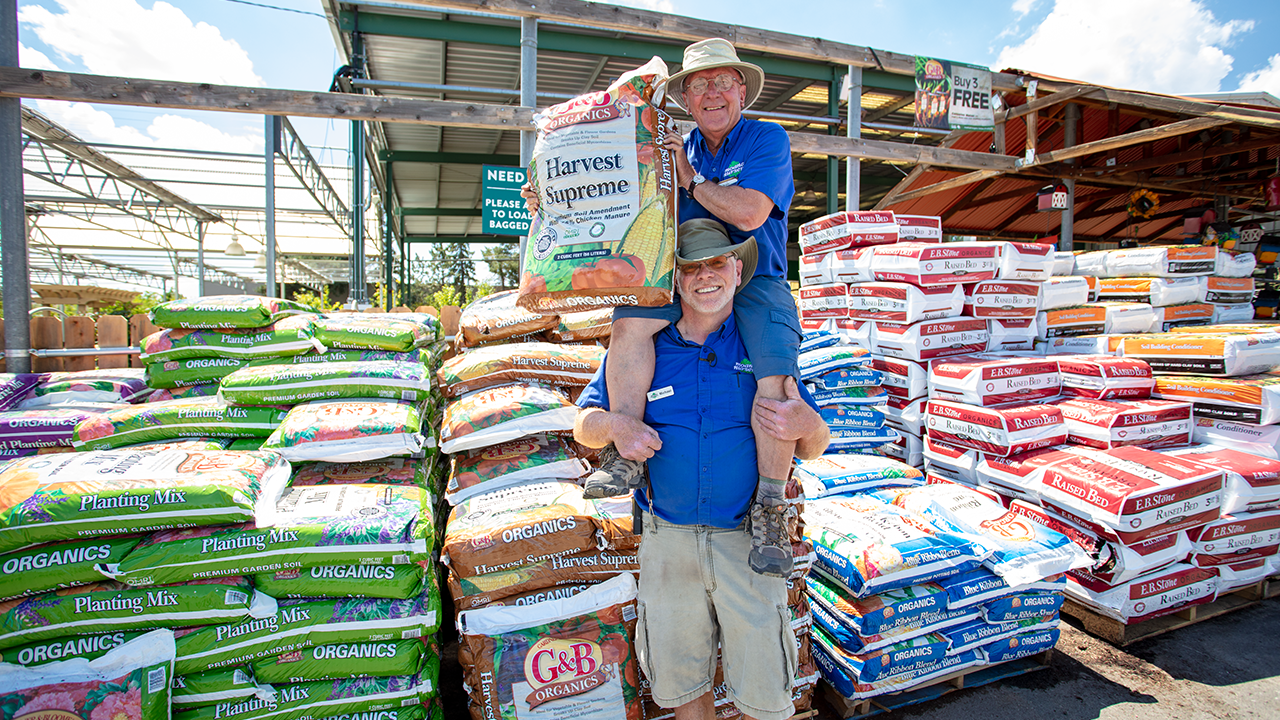
The Dirt on Soil Types
In casual conversation dirt and soil are often used interchangeably, but when it comes to gardening they’re worlds apart! Both come from the ground though, right? What’s the difference?
Dirt is dead, to put it simply. It has no biological components to it, making it barren of most nutrients that plants need. Soil, on the other hand, has biological components such as plant matter, guano, bone meal, microbes, and beneficial invertebrates like worms, which makes it rich in nutrients and other things that plants need to survive and thrive. There are entire fields (plural!) of science dedicated to studying dirt, soil, and their respective components in order to decipher where the line between the two lies. If you want an easy way to tell what you’re working with at home though, just take a scoop and get it wet. Dirt is crumbly when wet due to the lack of organic material to hold it together. Soil is clumpy or slippery when wet, depending on what it’s made of.
Another word you might hear thrown into the dirt and soil mix is “amendment”. Amendments are things that also benefit plants but must be used along with soil. Fertilizer, mulch, compost, soil conditioner, and worm castings are all examples of amendments. Some are mixed into the soil, others are used on top or watered through it, but all must have soil as a base to be a functional part of your garden. You can’t put a plant in straight fertilizer and expect it to grow healthy, for example. Beneficial bugs aren’t technically amendments, but the ones that live in soil such as worms and nematodes can be thought of in the same way.
There are countless different types of dirt, soils, and amendments. If you’re looking for a crash course on some of them and their benefits then look no further than the video below, and remember: don’t treat your soil like dirt!
If you have any questions, stop by any one of our three Moana Nursery garden centers or contact us online.
Share
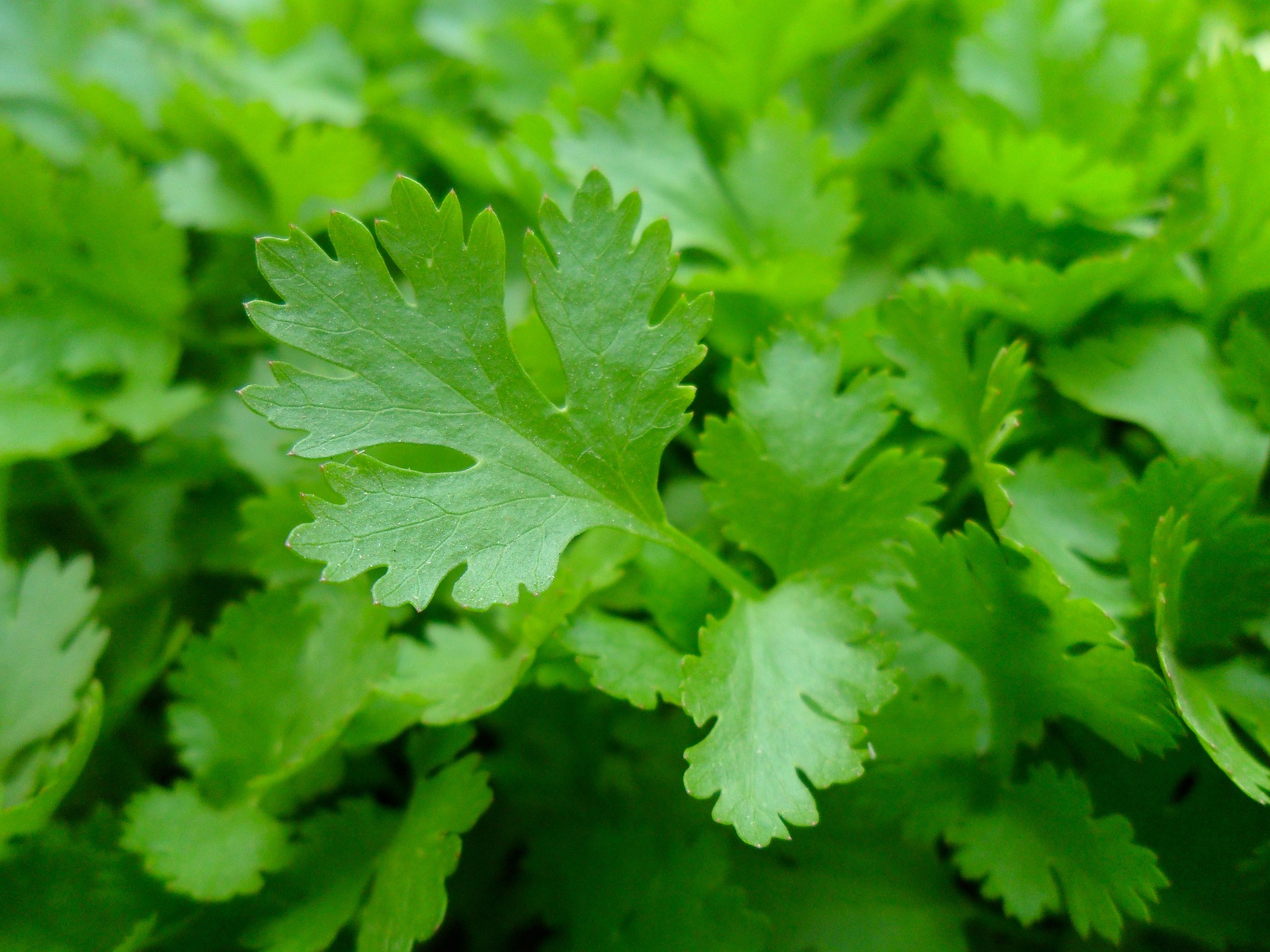
Here are some tips for successful early-season gardening, including cold-tolerant herbs and veggies and frost protection strategies.
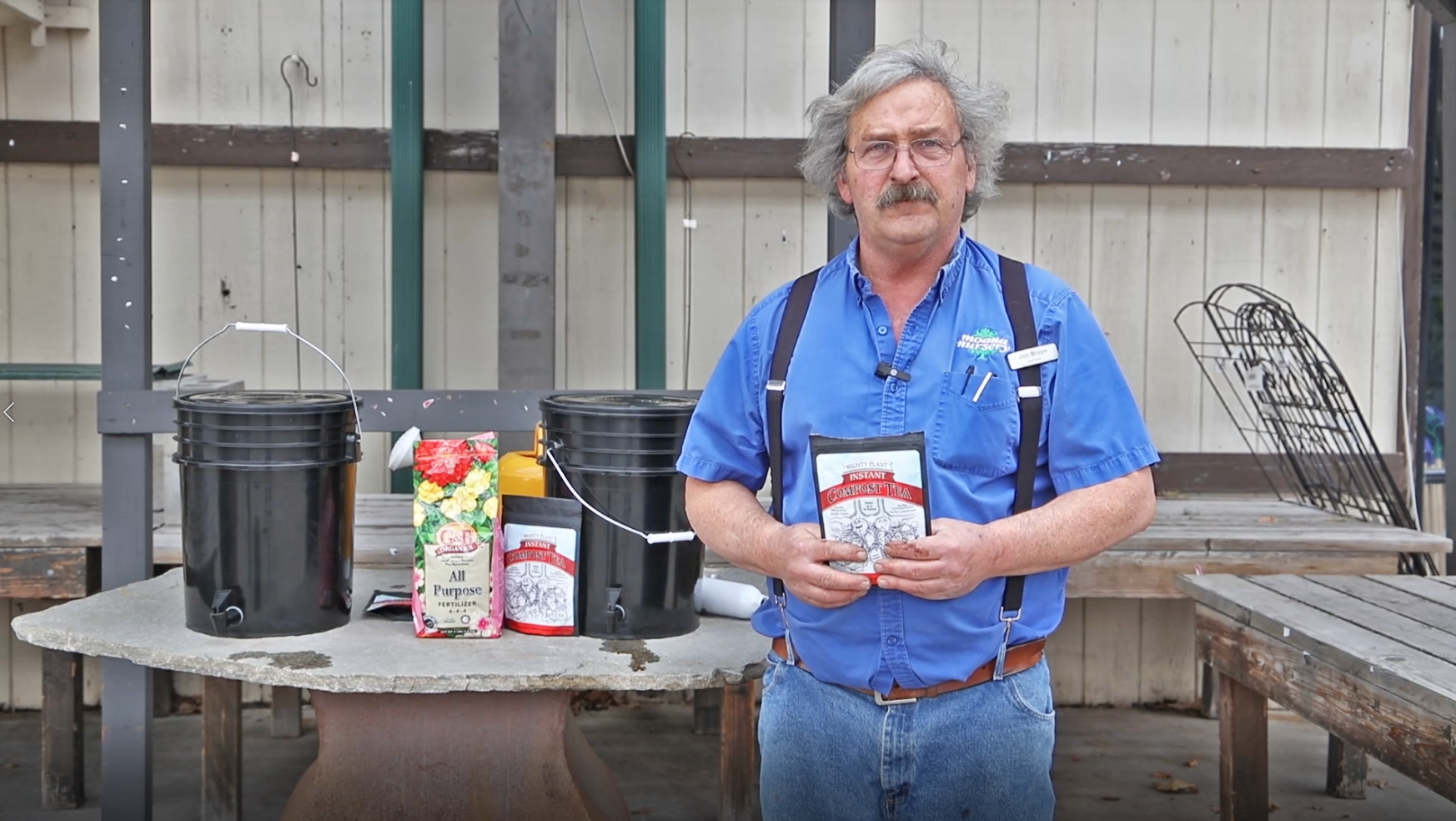
Instant Compost Tea is a game-changer for gardeners looking for an easy and effective way to boost the health of their plants and soil.
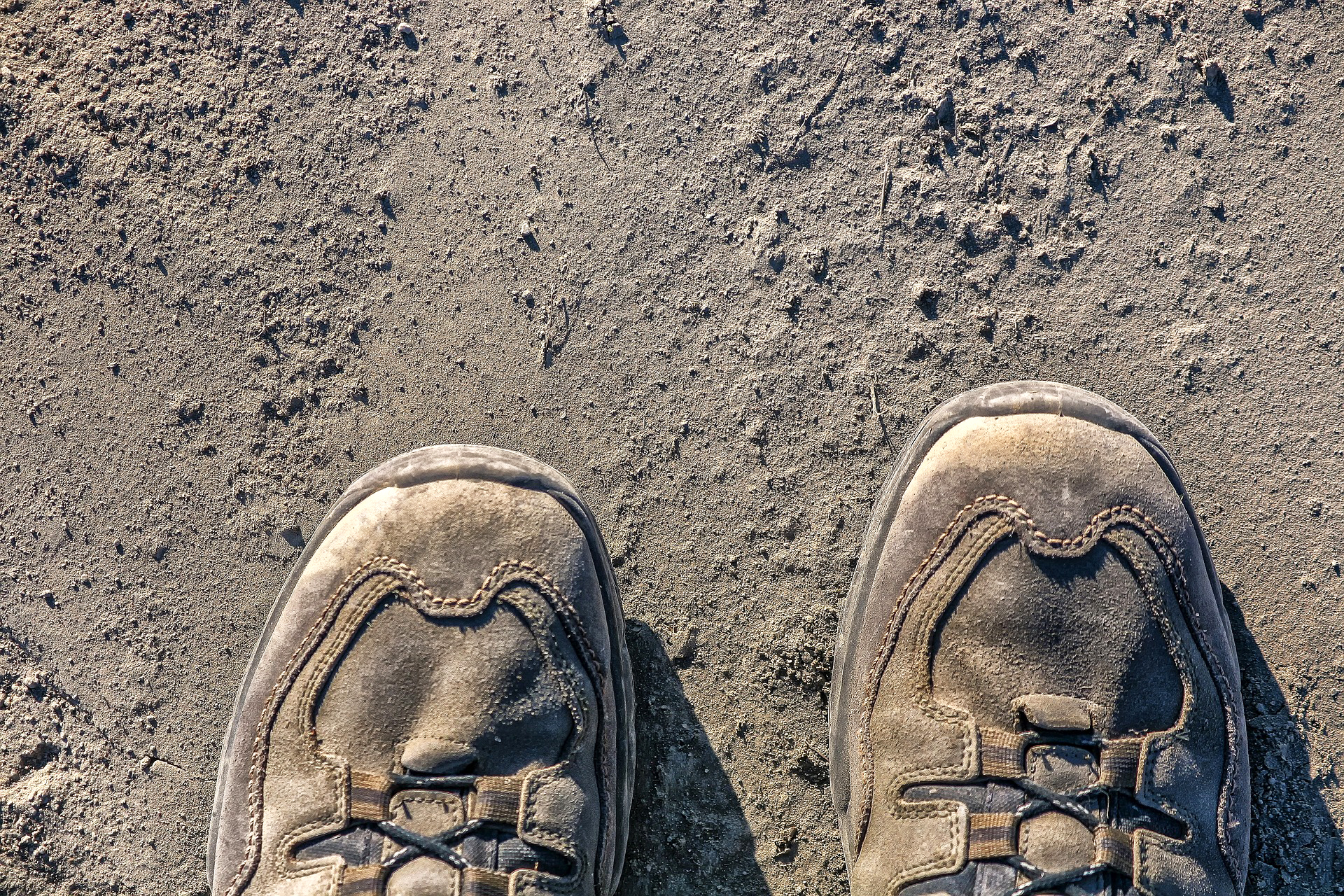
Some of the most rich and diverse habitats on the planet can only exist thanks to deserts. The secret? Desert dust!
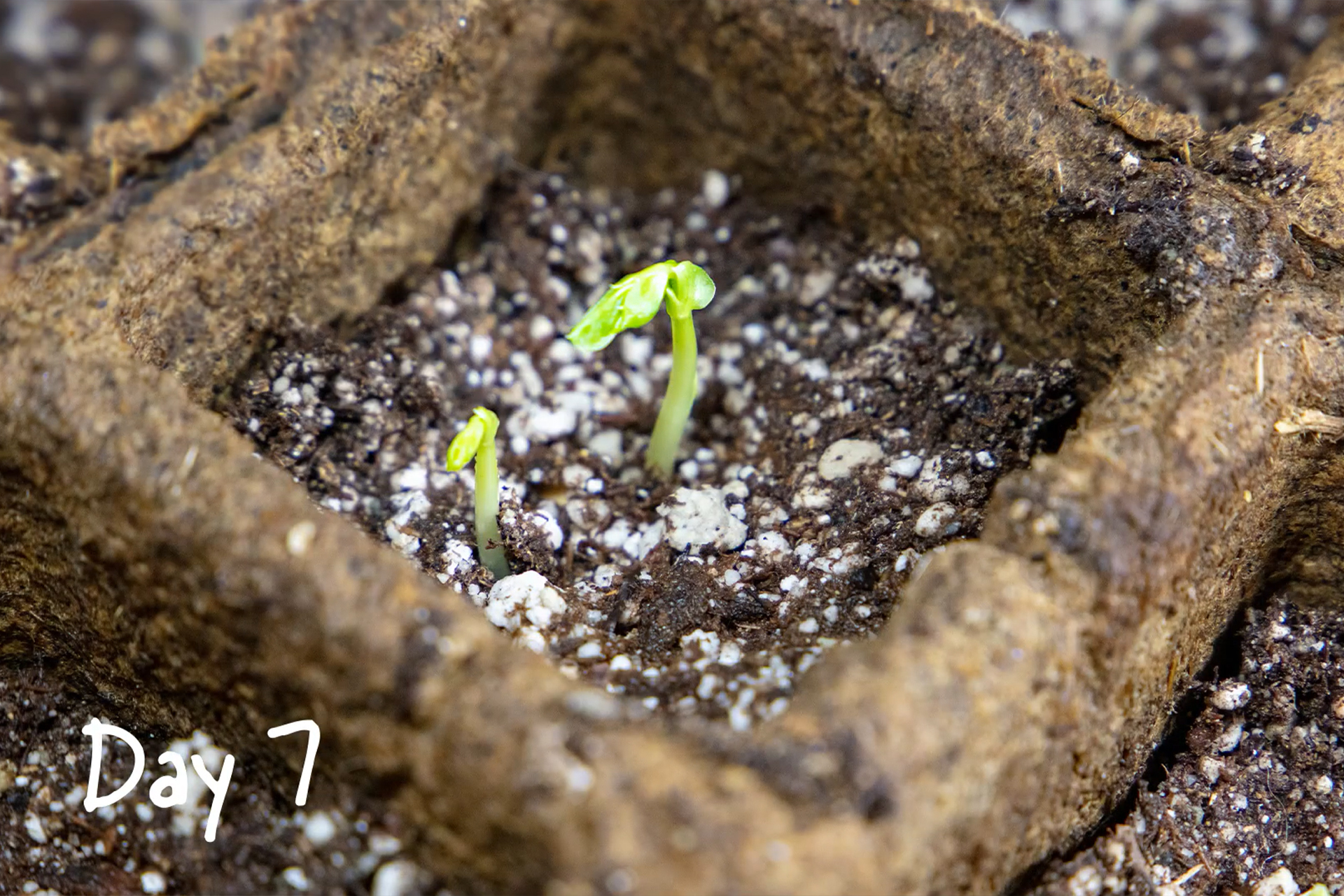
With our cold springs and tendency towards early frosts, starting your plants inside can sometimes be the only way to get a full life out of them, especially for vegetables. How do you get a start getting your seeds started?
